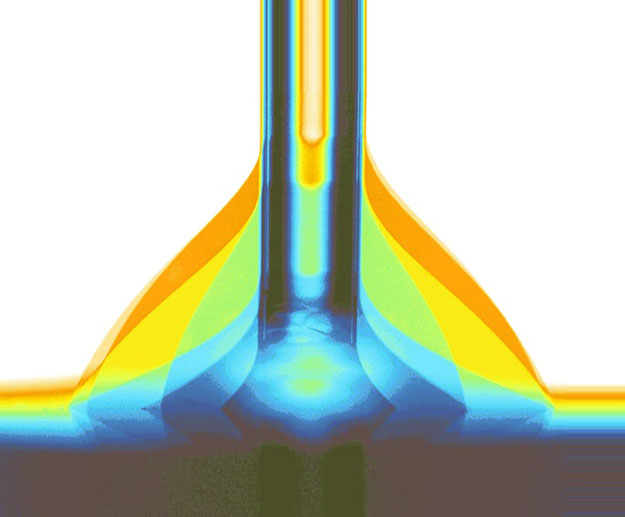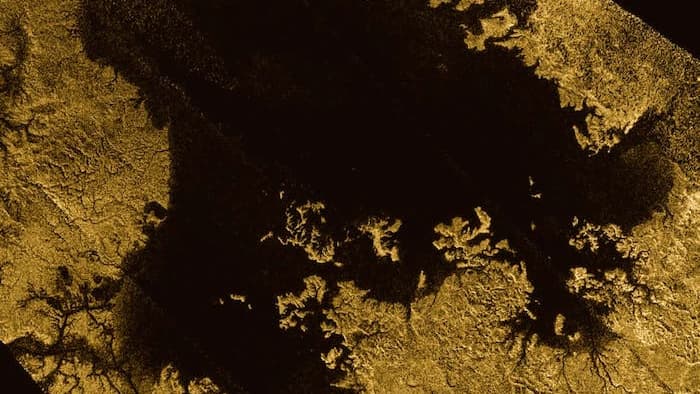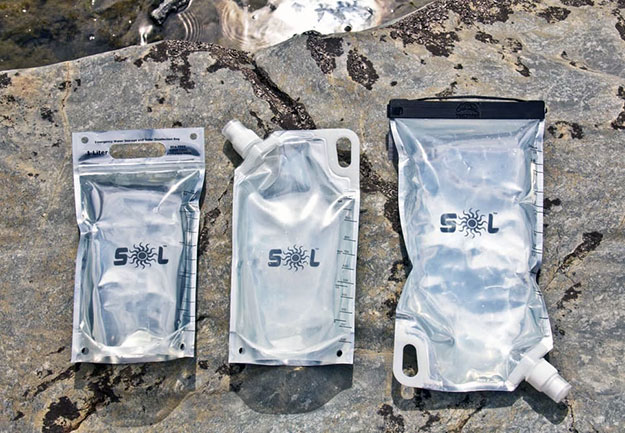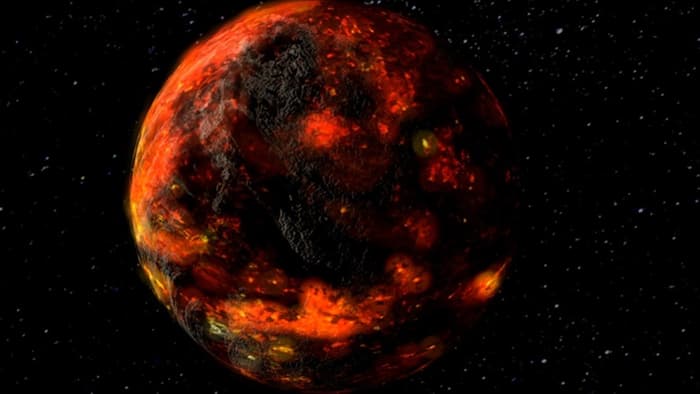New research is refuting the theory that the star known as KIC 8462852 is being stripped of its resources by an advanced extraterrestrial civilization, as had previously been suggested. The star rose to prominence last year after a series of irregular, seemingly artificial fluctuations were detected in its light signature in observations made by the Kepler space telescope.
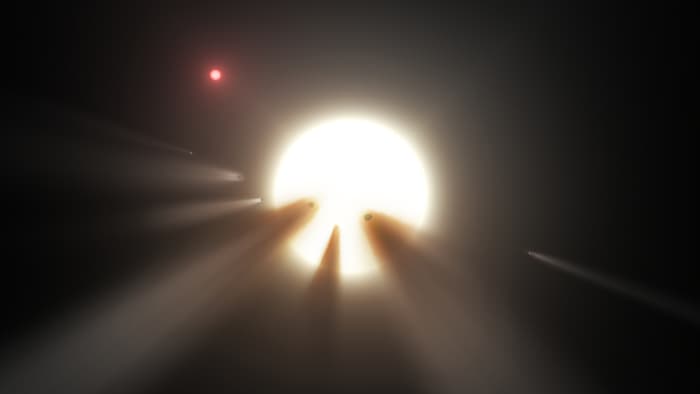 It was asserted that these occultations were theoretically in line with the pattern of dimming that could be expected from a Dyson sphere. A Dyson sphere is in effect a colossal artificial construct that would encircle or even entirely encompass a star.
It was asserted that these occultations were theoretically in line with the pattern of dimming that could be expected from a Dyson sphere. A Dyson sphere is in effect a colossal artificial construct that would encircle or even entirely encompass a star.
The claims garnered so much media attention that the SETI Institute trained its powerful Allen Telescope Array on KIC 8462852 in an attempt to listen in for any potentially alien signals. Unfortunately, and much to the disappointment of those looking for signs we aren’t alone in the universe, the search came up empty. Read more

